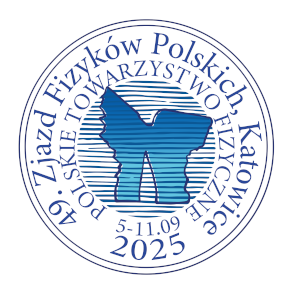Speaker
Description
High-temperature superconductors of the REBaCuO type (where RE are the selected Rare Earth metals) are important for applications below temperatures where they show zero resistance to the direct current with the high values of the critical current densities, $j_c$, and critical fields, including the irreversibility field, $H_{irr}$. Significantly, these compounds are the only ones known that can be used in magnetic fields above 1 T (up to ~12 T) at an easily achievable temperatures of liquid nitrogen (77 K).
After a brief introduction to the physics of magnetic vortices, especially about their properties crucial for determining the values of $j_c$ and $H_{irr}$, we will discuss the potential of YBaCuO as a material capable of transmitting currents with the high densities of the order of 10$^6$ A/cm$^2$ (record values reported for single crystals) without losses and maintaining the superconducting state in fields above 80 T. The key issue addressed here is to increase the critical current density without significantly deteriorating other important parameters of the superconductor, such as the critical temperature or the upper critical field. Achieving such materials should result in lowering the costs of manufactured devices and enlarging the area of the potential high-energy applications. We will show how to increase the $j_c$ and $H_{irr}$ of the YBa$_2$Cu$_3$O$_{7-d}$ superconductor by introduction of the nano-sized Mo$_2$O$_x$ structural defects into the region of the CuO chains. Moreover, by identifying the mechanisms that determine the pinning force of the vortices in these materials, we will reveal what the universal properties should have the defect centers which would effectively pin vortices in strong magnetic fields.
The presentation is a summary of the research conducted by the authors over many years and reports both previously published results for the powder materials [1] and single crystals [2], as well as the recently obtained, partially published in [3]. Due to the significant anisotropy of the structural and superconducting properties of REBaCuO, primarily the study of single crystals should provide the reliable results on the anisotropic properties of critical currents, which are the most important in the field of high-energy applications of high-temperature superconductors.
References:
[1] Rogacki K.; Dabrowski B.; Chmaissem O.; Phys. Rev. B, 73, 2006, 224518.
[2] Los A.; Dabrowski B.; Rogacki K.; Current Applied Physics, 27, 2021, 1-6.
[3] Rogacki K.; Los A.; Dabrowski B.; Low Temperature Physics, 49, 2023, 364–374.

